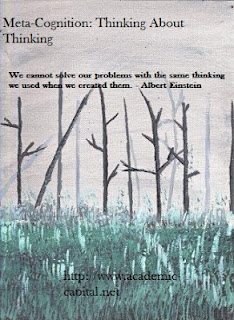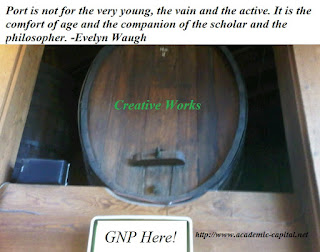Organizational culture is an important but often
overlooked aspect of the innovative process. Without the right cultural tone
the overall amount and quality of new products and services are likely to be
reduced. The strength of the cultural underpinnings influence the success of
employee thinking and supports the proper experimental mindset.
When it comes to knowledge of innovative processes
the literature is revealing. Yet there are other contextual factors that
influence the success and contribution to such process. The literature is weak
on the concept of tacit and difficult to define cultural factors of innovation
(Nonaka & Takeuchi, 1995). It is these cultural influences that determines
the mental state and commitment to the success of future innovations.
Those who support that culture are often seen as entrepreneurs.
Such innovative entrepreneurs are risk takers
who seize upon opportunities to develop something new (Sarasvathy, Dew,
Velamuri & Venkataraman, 2003). It is the creation of new products and
solutions to produce higher levels of development for personal and professional
gain that seems to take precedence.
Yet understanding who is willing to create
innovation and the process of innovation doesn’t tell us how to engage in
innovation on an organizational scale. The research on contextual culture and
its impact on innovation are weak. Understanding how organizations develop and
create an innovative culture is important for higher levels of performance.
A case study of Tele by Meissner and Sprenger (2010)
looked at innovative from a contextual, procedural and cultural perspective. The
purpose was to determine the interdependencies and communication patterns that
give rise to organizational innovation. The researchers used interview
questions the company to help determine the most appropriate factors in
developing this culture.
-Aversion to experimentation impacts innovative
growth within organizations.
-Power dynamics reduced the successful completion of
projects.
-Management education and learning predispositions
impacted the effectiveness of innovative cultures.
Analysis:
Culture factors are not easy to see or determine
from standard analytical investigation. However, it is these cultural factors
that impact the organizations predispositions to developing innovative products
and services. Organizations that have a proper culture will make adequate
cultural acceptance for experimentation, minimize power abusers and brokers,
and continuously develop their management teams. Failure to provide the right
context increases resistance to new ideas and thoughts that leads to higher
avenues of revenue generation.
Author: Dr. Murad Abel
Meissner, J. & Sprenger, M. (2010). Mixing
methods in innovative research: studying the process-culture-link in innovation
management. Forum: Qualitative Social
Research, 11 (3).
Nonaka, Ikujiro & Takeuchi,
Hirotaka (1995). The knowledge-creating company. New York: Oxford
University Press.
Sarasvathy, S., Dew, N.,
Velamuri, R. & Venkataraman, S. (2003). Three views on entrepreneurial
opportunities. In Zoltan J. Acs & David B. Audretsch (Eds.), Handbook of
entrepreneurship research (pp.141-160). New York: Springer.

